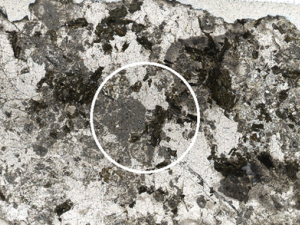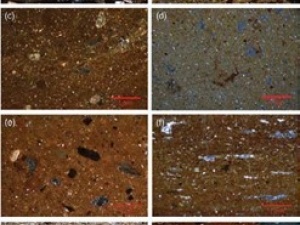Cost Effectiveness of Environmental Lead Risk Mitigation in Low- and Middle-Income Countries
Abstract
Environmental remediation efforts in low- and middle-income countries have yet to be evaluated for their cost effectiveness. To address this gap we calculate a cost per Disability Adjusted Life Year (DALY) averted following the environmental remediation of the former lead smelter and adjoining residential areas in Paraiso de Dios, Haina, the Dominican Republic, executed from 2009 to 2010. The remediation had the effect of lowering surface soil lead concentrations to below 100 mg/kg and measured geometric mean blood lead levels (BLLs) from 20.6 μg/dL to 5.34 ug/dL. Because BLLs for the entire impacted population were not available, we use environmental data to calculate the resulting disease burden. We find that before the intervention 176 people were exposed to elevated environmental lead levels at Paraiso de Dios resulting in mean BLLs of 24.97 (95% CI: 24.45–25.5) in children (0–7 years old) and 13.98 μg/dL (95% CI: 13.03–15) in adults. We calculate that without the intervention these exposures would have resulted in 133 to 1,096 DALYs and that all of these were averted at a cost of USD 392 to 3,238, depending on assumptions made. We use a societal perspective, meaning that we include all costs regardless of by whom they were incurred and estimate costs in 2009 USD. Lead remediation in low- and middle-income countries is cost effective according to World Health Organization thresholds. Further research is required to compare the approach detailed here with other public health interventions.
Full open access article:
Source: Preview Image: 13Imagery/Shutterstock






